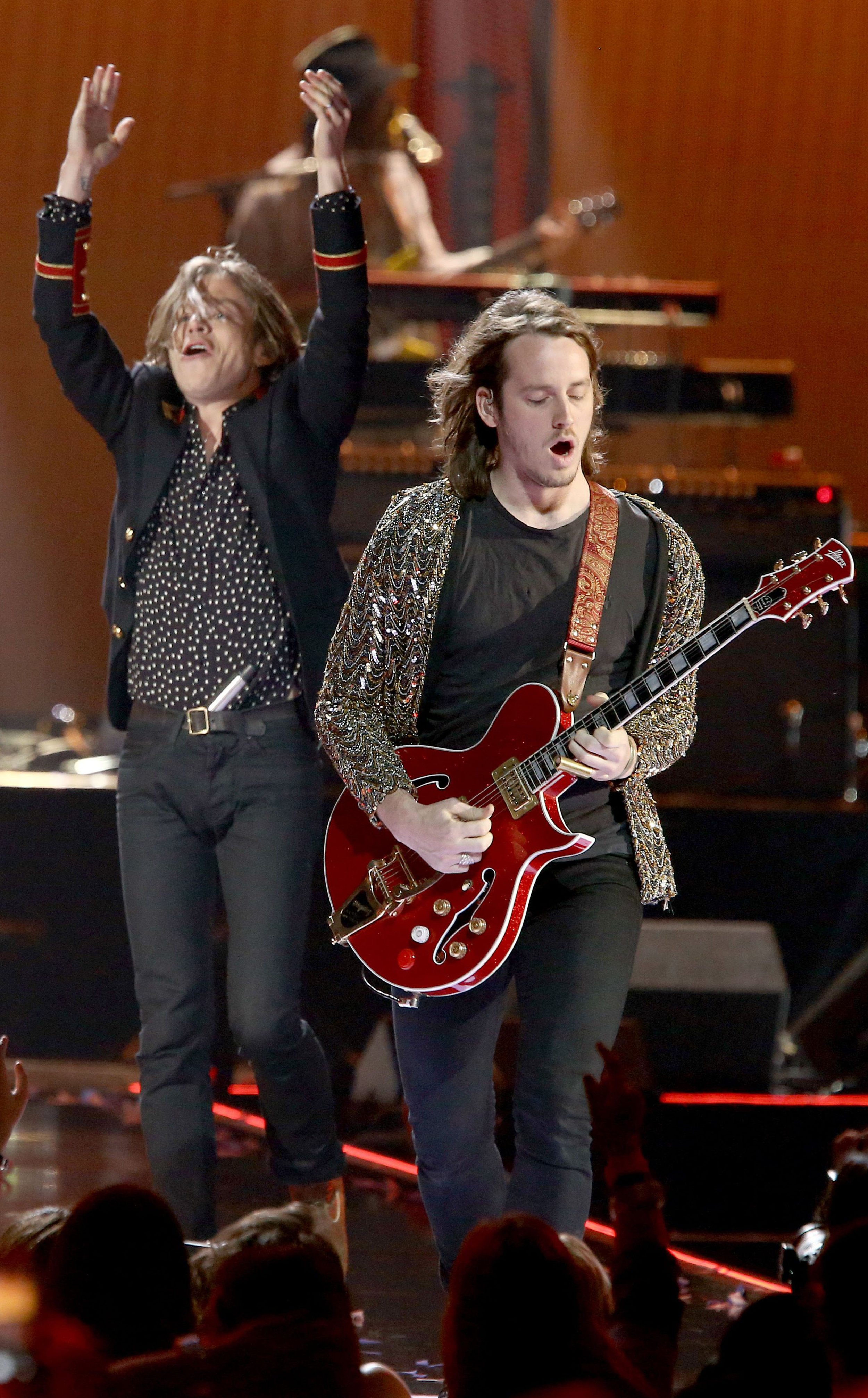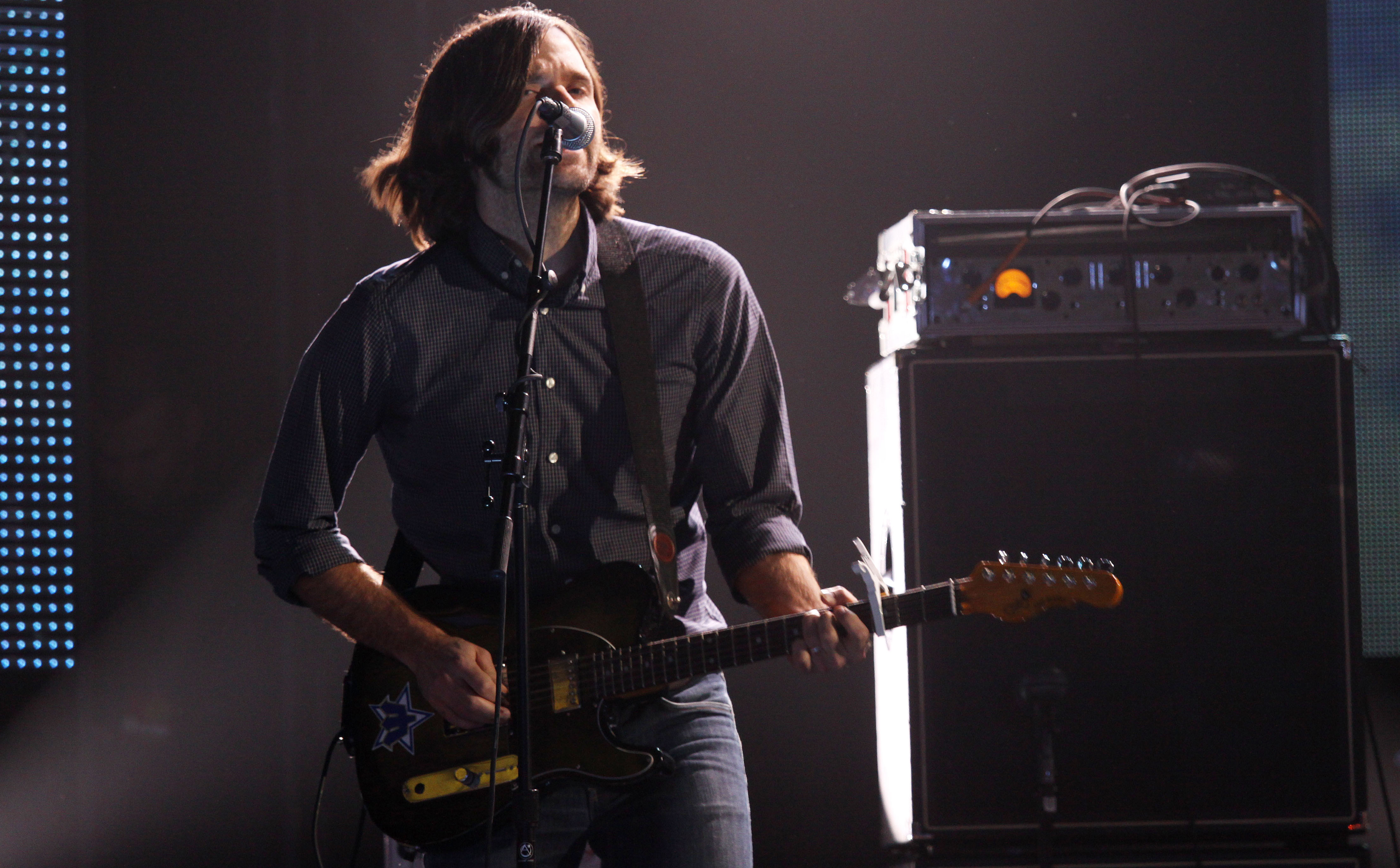
Music impacts society and culture. Everything from religious ideals to romantic rhetoric receive proclamation in musical notes and vocal melodies. As the world changes, so does the style and nature of the music scene.
In the late 70’s and early 80’s a new form of music sprang up that shook the very foundations of modern culture and inspired generations of young artists to pursue new, more abstract forms of music. This new genre, alternative, still stands as one of the core pillars of modern music.
Alternative music spawned as a reaction to the mainstream, safe music that dominated the airwaves. The term alternative actually came from the indie music scene of the early 80’s. Indie music focused on breaking the mold of the mainstream, pop and dance music scene through distribution on smaller labels, constant touring, and fame through word of mouth. Throughout this era indie bands did not receive air time on most mainstream radio stations, and received better promotion from writers like Terry Tolkin and local disc jockeys. As indie music began to develop, it became clear that the indie music scene splintered and took on a sound more akin to off-beat rock. Thus, the alternative genre came into existence, and with it came some of the first pioneering alt bands such as Sonic Youth, Joy Division, The Smiths, The Clash and Public Image Limited.
While the alternative revolution became a worldwide phenomenon, it originated in both the United Kingdom and the United States. Across the pond, groups like The Sex Pistols and Joy Division pioneered the punk and goth sub-genres, with groups such as The Smiths, the Joy Division spinoff New Order, The Cure, Depeche Mode and others building upon their forefather’s underground success. In the States, Sonic Youth and the Violent Femmes birthed the garage and noise rock sub-genres of alternative. The biggest difference between the two countries versions of alternative came from amount of success they garnered. Alternative groups from the U.K. usually gained international success and toured in the States as well, while American groups kept their fan bases closer to home. Despite this, a small percentage of American groups found worldwide acclaim, R.E.M. being one of them.
During the 80’s it became clear that the U.K. embodied the cultural hotbed for traditional alternative, while the U.S. became the home of the more experimental, and sometimes controversial aspects of the genre. While U2 and XTC dominated the airwaves in Europe, groups like The Misfits, The Dead Kennedys and Suicidal Tendencies gained notoriety in the U.S. As these bands laid the foundation for modern punk music, they garnered accusations of supporting fascist, neo-Nazi, or satanic viewpoints in their music and social presence. This cast a dark shadow over the world of American alternative, and confined any new music coming out of the States to niche audiences.
With the dawn of the 90’s came great change both politically and musically. The Cold War officially ended, and alternative musicians funneled their angst into new outlets. Then, out of the ashes of America’s troubled alternative past, Grunge came about. Spawning in the rainy streets of Seattle, Wash., grunge emphasized screaming guitars, vicious hooks and melancholy, yet angry lyrics. Gone were the alt-pop croonings of Morrissey and David Gahagan, as groups like Nirvana, Pearl Jam and Soundgarden rose to international fame. While grunge rose with Nirvana’s success, and in a sense fell after the tragic death of frontman Kurt Cobain, American alternative music forever changed, and now garnered international acceptance.
Across the Atlantic, British alternative still stood steadfast, but artists, both old and new, scrambled to capitalize on the rising success of the so-called “American sound.” Bands from Radiohead to Oasis capitalized on the commercial success of alternative music, as even the subject matter shifted from political to social commentary. Furthermore, groups like Nine Inch Nails and Ministry hit their stride in this age of excess, as industrial metal and horror rock, which featured graphic stage shows, dark melodies and controversial subject matter, gained fame during the 90’s.
While the 90’s laid the groundwork for the future of alternative music, nothing could prepare the masses for what came out of the 00’s. After grunge faded into the background, pop-punk, indie rock and garage rock took center stage. Groups like Yellowcard, My Chemical Romance, Interpol, Yeah Yeah Yeahs, Modest Mouse, Arctic Monkeys, Green Day, The Killers, Franz Ferdinand, Cage the Elephant, Foo Fighters, The Strokes and many more came into their stride. The fear and uncertainty that came with the 9/11 terrorist attacks and subsequent war in the Middle East gave rise to a renaissance of sorts, as alternative artists funnelled their frustration and anger towards the government into their music. On the opposite end of the spectrum, groups like Death Cab for Cutie and Arcade Fire continued to focus on more social issues, primarily the rise of the information age and the spread of industry and technology.
Along with the alternative music scene’s success in the 00’s came the rising power of pop and rap music. Both genres, which lie on the exact opposite side of alternative, gained massive amounts of success in the mainstream music scene. With this came a decline in alternative music as the world’s attention focused instead on big name record labels and pop superstars. Even with its fall out of the public spotlight, alternative music managed to evolve along with the ever changing musical spectrum, as more current artists such as Phantogram, The xx, The 1975 and Friendly Fires infuse a mix of synth pop and traditional guitar riffs into their music. Furthermore, alternative artists branched into other genres and attracted a larger, more diverse fanbase as the lines between musical styles becomes ever more blurred.
Alternative music has held a place in modern culture since its creation in the late 70’s, and as culture and society evolved, so too did this highly influential genre. Millions of people flocked to the musings of melancholy goth groups, and headbanged to some of punk’s greatest trailblazers. While alternative music faded into the musical background, its importance in the world of entertainment, and the development of western culture, stands the test of time.
